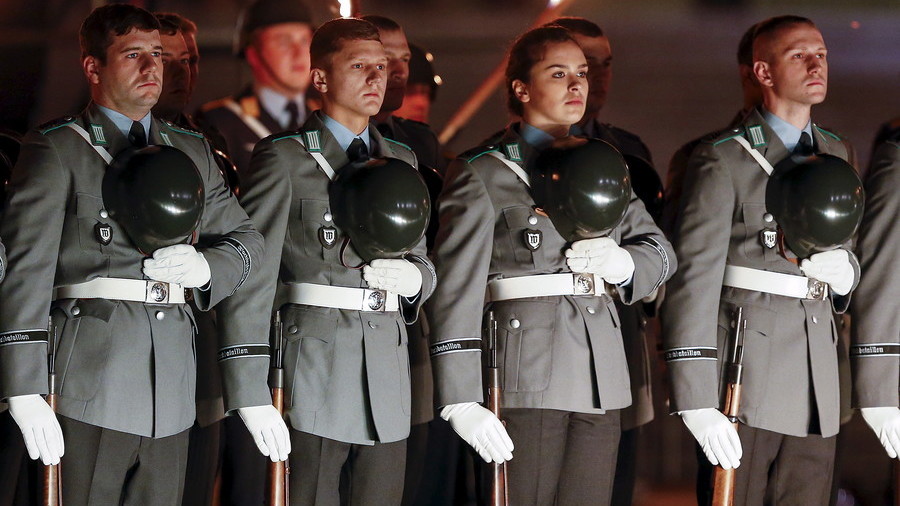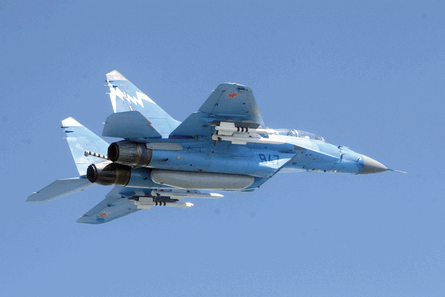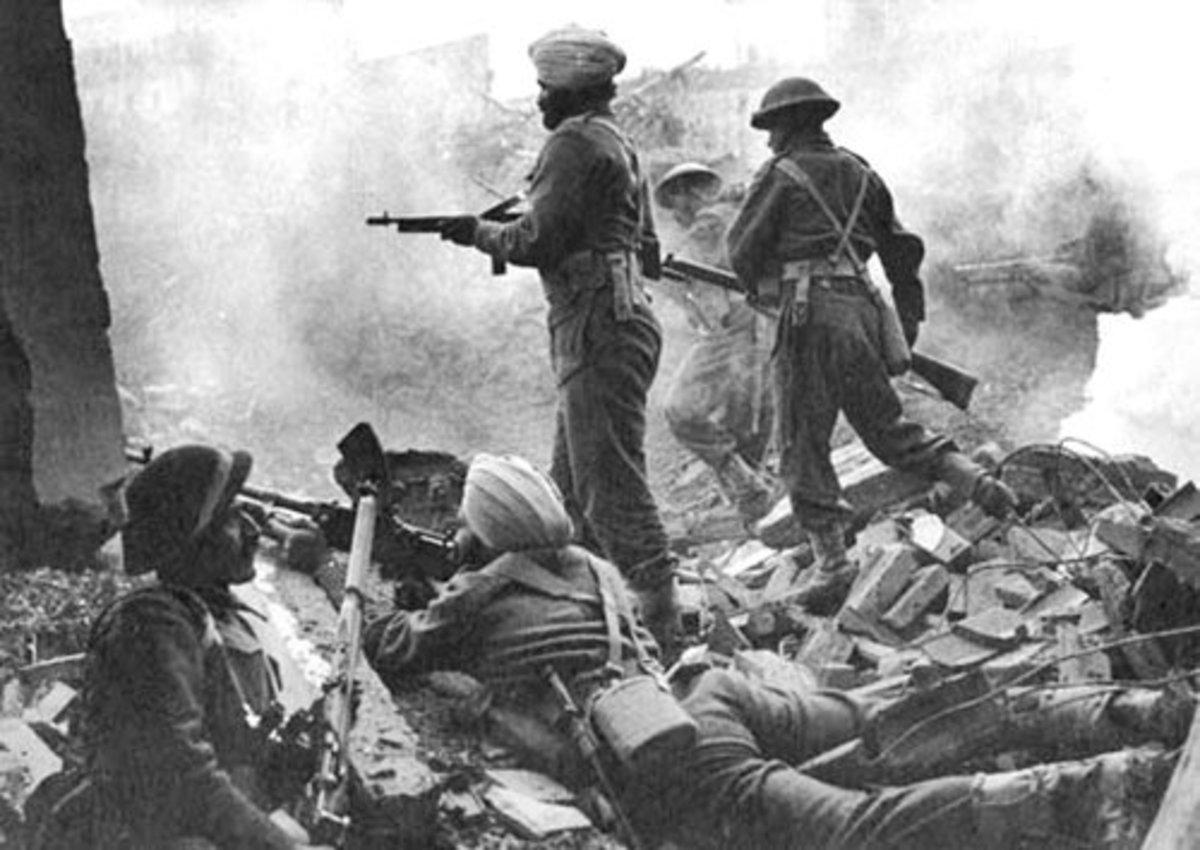In your opinion, do you think Harrisburg would have been a better candidate for an actual Stalingrad-like battle?
Would Harrisburg be as important a target as Pittsburgh? The terrain of a military target have often been terrible but if the target itself is considered important enough, it will be attacked.
Harrisburg, Pennsylvania, right?
So, Harrisburg in TL-191 is pretty important in terms of how the story plays out. Harrisburg is actually the site of the critical Battle of Camp Hill, where Robert E. Lee defeated the Army of the Potomac under McClellan. Camp Hill and Harrisburg are about 36 miles north-east of Gettysburg and about 100 miles west pf Philadelphia. Harrisburg sits along the right bank of a stretch of the Susquehanna River; Camp Hill is on the left bank.
Harrisburg was an important suppy and logistics center for the Union Army during the civl war. It had railroad lines and junctions that helped transport materials to the other union armies farther west and farther south. It was also a major mustering point, with training camps and depots to outfit new regiments and recruits for the Union Army. When Robert E. Lee defeated the Union forces here at Camp Hill just outside of the city in October, 1862, he effectively severed a major artery in the Union war effort and put himself in a position to threaten Northern cities in Pennsylvania. Philadelphia at this time was not properly defended or fortified since it was thought highly unlikely that the Confederates would strike so far north. In this timeline they were proven very wrong.
During the Great War, with Philadelphia as the
de facto capital of the United States, the Confederate Army adopted the same strategy as they did in the War of Secession --- they had used a defensive strategy in the Second Mexican War despite the Army of Northern Virginia being poised to take Washington D.C.
And the Confederates nearly succeeded in this strategy in 1914. Confederate troops were once again along the Susquehanna River and just outside Harrisburg, which would likely still be major logistics and supply base for the United States. They failed however, being attacked on their southern flank by US forces trapped in a pocket around Baltimore. The stiff defense along the Susquehanna and the counter-attack out of Baltimore forced the Confederates back, essentially being this timeline's version of the "Miracle of the Marne" --- we'll call this the "Salvation on the Susquehanna".
By 1915 the Confederates were turned back and Philadelphia was out of harm's way.
Now, by 1941, things have changed yet again. And here's where the question of whether or not Harrisburg would be a better candidate for a Stalingrad like battle comes into play.
^^^ --- So as you can see Camp Hill is more like a small neighborhood or small town just outside of Harrisburg here. In the 1940s the area here around Camp Hill in our timeline was un-urbanized farmland, with a few small towns along the major roads into Harrisburg. The Susquehanna River is very wide and there are several well built bridges that span the river that go straight into Harrisburg, two of which are rail bridges for trains. In any direction, along any major highway, Harrisburg would be only 100 miles away from the capital of Philadelphia. And if it is still a major military logistics center as it was during the War of Secession, then it would remain a highly valuable strategic target.
Now, like Stalingrad, the city is placed almost entirely on one bank of a wide river. The terrain here is fairly flat, but also consists of rolling hills and is generally more forested. To the north of the city are the mountains and hills and if you follow the river south you'd come close to Baltimore. And like Stalingrad the city is a long one, tending to hug the right bank of the Susquehanna very closely. Unlike Stalingrad it is a fairly small city and quite possibly not an industrial city like Stalingrad or even Pittsburgh. However, the presence of the US Army here, if it is still a major logistics hub, means that the city itself will still be built up and developed to accommodate the US military. Railroads and well maintained highways for transportation are likely, with training facilities, barracks, ammo dumps, and logistics depots scattered across the area. The city itself would likely have businesses and entertainment to accommodate the large numbers of military personnel here so it likely Harrisburg would be an "Army Town" of some kind.
With all that to consider, its very likely the Confederates in 1941 would see this as a prime target to neutralize, bomb, or capture.
If they were to capture the city though, they would not be breaking into the city first. Unlike Stalingrad the city proper is not on the side of which the Confederates would be attacking --- it is across the river. Camp Hill and the area on the left bank opposite of Harrisburg in 1941 would either be largely farmland or small towns... or military base camps and depots with supplies.
To me if the Confederates were to attack Harrisburg in 1941 or 1942, they would likely not try to force a crossing that would take them straight into city. They would likely force a crossing further down river or further up river, using the hills as cover to the north and taking advantage of lighter lines of defense down south. From there, if the terrain features are favorable to an attacker, they would likely try to cut off Harrisburg into a pocket and tighten the noose, applying pressure on the left and right banks to squeeze the US forces here into ring they can't escape. There is the likelihood that Harrisburg can hold out since it would have supplies, but they would be surrounded on all sides and its better to breakout rather than wait for a slow death in a siege.
... Or, perhaps they would cross straight into the city, mimicking the Battle of Fredericksburg in a way, only this time the attackers crossing the river would be Confederates while the United States would be the defenders. Either way, if they were to force a crossing straight into the city, they would be under heavy from the opposite shore, from prepared positions in buildings on the opposite bank. Speed, courage, firepower, and audacity would have to be stressed for the Confederates as they make the crossing. They would have to move fast and with massive fire support from artillery, tanks, and dive bombers to try and suppress the Yankees holed up on the opposite side of the river. if they have amphibious tanks or amphibious vehicles designed for this kind of thing, then they'd better use them. If not they'd have to use boats for the crossing. The bridges across the Susquehanna would likely be blown. If not already destroyed then the Confederates would try to take them as quickly as possible. To risk sending tanks across these bridges in a single file charge would be a grave mistake in my opinion and it is likely that the Yankees would want them to do that so as to expose them as they crossed.
... actually you know what this reminds me of? the Battle of Nijmegen and the Waal Crossing during Operation Market Garden!
^^^ --- Here you go, here's a visual representation of how that crossing may look like for the Confederates if they don't have the amphiboles craft to make a proper crossing.
Harrisburg would undoubtedly be a strategic target for the Confederates to strike at on the road to Philadelphia. While there actually might not be heavy street fighting on the scale of Stalingrad, urban warfare would likely occur to push the US forces here into a tighter pocket.
The main issue however with this planned attack is that before the Confederates can even get to Harrisburg there is the issue of breaking through the heavy defensive lines in Maryland.
If the Confederates were to strike north to Harrisburg and on to the capital, it would be charging straight into the teeth of the US defenses in Maryland. This route was mentioned to be the expected route of the attack by the US Army. The Yankees were expecting an invasion to come through out of Northern Virginia and try to break through into Pennsylvania, just as they tried to do in the Great War. And so they built up forces here for an expected offensive. This would play into the United States' advantages --- they fight a war of attrition better than the Confederates and the Confederates themselves know this.
So, to me, to get to Harrisburg for an possible Stalingrad-like battle, the Confederates would have to fight a Kursk-like battle in Maryland and Northern Virginia, fighting through line and after line after line of defenses all purposely built to slow them down and whittle away their numbers.
So yes, Harrisburg, while not quite a solid candidate for a knock-down, drag-out, urban slugging match like Stalingrad and Pittsburgh, it would still be a vital target that the Confederates would need to take out and one that the Yankees would desperately try to defend. In fact, this potential battle has the feel of a Nijmegen parallel to me, but that's just my opinion.






